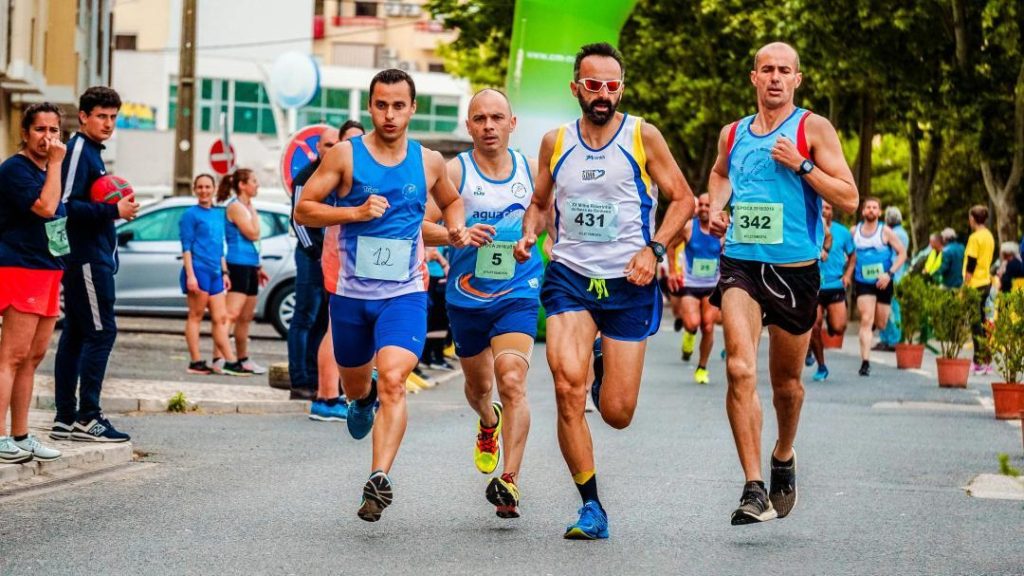
How Do Olympic Athletes Train for Success?
When it comes to achieving success at the highest level, Olympic athletes are the epitome of dedication and hard work. These athletes have spent countless hours honing their craft, pushing their bodies to the limits, and perfecting their techniques. But what sets them apart from the rest of us is their unique approach to training. In this blog post, we’ll delve into the secrets of Olympic athletes and explore how they train for success.
Volume and Intensity
One of the most crucial aspects of Olympic training is the volume and intensity of workouts. Unlike recreational athletes who may focus on short, intense sessions, Olympic athletes often focus on lots of easy training up to 90% of their weekly volume at low intensity. This may seem counterintuitive, but it’s a crucial component of their success.
By doing so, Olympic athletes build endurance, allowing them to sustain high levels of performance over an extended period. This is particularly important for endurance athletes like distance runners, cyclists, and triathletes, who need to be able to maintain a high pace over several hours.
2-3 Hard Sessions per Week
While easy training makes up the bulk of their weekly volume, Olympic athletes still need to push themselves to new heights. To achieve this, they incorporate 2-3 hard sessions per week, where they focus on intense, high-intensity interval training (HIIT) or all-out efforts. These sessions are designed to push them to their limits, forcing them to adapt and improve.
For example, a distance runner may incorporate a session of 10 x 1-mile repeats at a fast pace, while a cyclist may do a session of 20 x 30-second sprints at maximum effort. These sessions are critical for building speed, strength, and power, and are often the most challenging part of their weekly training.
Adapting Workouts to the Sport
Another key aspect of Olympic training is adapting workouts to the specific demands of the sport. For example, a sprinter will focus on short, intense sprints, while a marathon runner will focus on longer, slower runs. A swimmer may incorporate a lot of flip turns and starts, while a gymnast will focus on strength and flexibility exercises.
By tailoring their workouts to their specific sport, Olympic athletes can optimize their training and make the most of their time. They’re able to target specific weaknesses and build strength, power, and endurance in areas that matter most.
Tracking Progress
Olympic athletes are meticulous when it comes to tracking their progress. They use a variety of tools, including heart rate monitors, GPS devices, and training logs, to monitor their performance and make data-driven decisions.
By tracking their progress, Olympic athletes can identify areas for improvement, adjust their training accordingly, and make sure they’re on track to meet their goals. This level of attention to detail is critical for achieving success at the highest level.
Building Rest into the Routine
While training is a critical component of Olympic success, rest is equally important. Olympic athletes know that their bodies need time to recover and adapt between sessions, and they prioritize rest and recovery as much as they do training.
By incorporating rest days and active recovery sessions, such as yoga or light cycling, Olympic athletes can avoid injury, reduce fatigue, and maintain their performance over the long-term. This is particularly important for endurance athletes, who may need to perform at a high level multiple times per week.
Peak Performance
Finally, Olympic athletes focus on peaking at the right time for competition. They carefully plan their training and taper in the weeks leading up to the event, ensuring they’re at their best on the biggest stage.
By peaking at the right time, Olympic athletes can maximize their performance and achieve their goals. This level of preparation and attention to detail is what sets them apart from the rest of us and allows them to achieve success at the highest level.
Conclusion
In conclusion, Olympic athletes train for success by focusing on lots of easy training up to 90% of their weekly volume at low intensity, incorporating 2-3 hard sessions per week, adapting their workouts to their specific sport, tracking progress, building rest into their routine, and peaking at the right time for competition. By following these principles, recreational athletes can gain a deeper understanding of what it takes to achieve success at the highest level and apply these principles to their own training.
News Source:
https://thepfc.club/blogs/news/how-do-olympic-athletes-train






